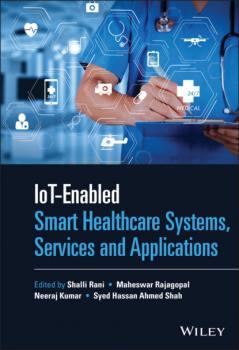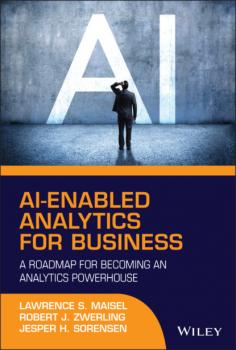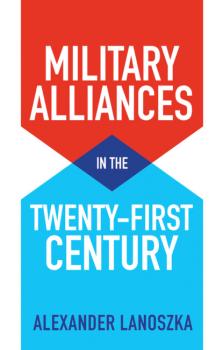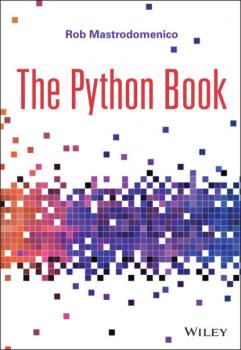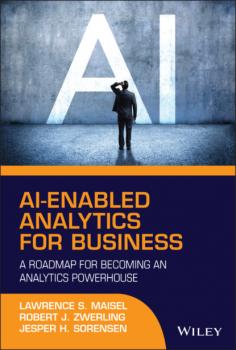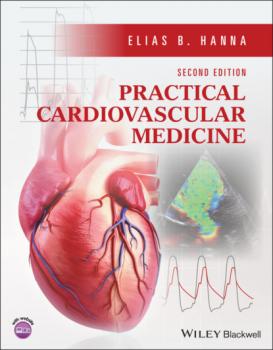ТОП просматриваемых книг сайта:
ЛИТМИР - LITMIR.BIZ - Электронная библиотека
Скачивание или чтение онлайн электронных книг.Аннотация
In the wake of globalization, cultural forms of expression have become increasingly detached from their places of origin, circulating in a hyper-domain of culture where there is no real difference anymore between indigenous and foreign, near and far, the familiar and the exotic. Heterogeneous cultural contents are brought together side by side, like the fusion food that makes free use of all that the hypercultural pool of spices, ingredients and ways of preparing food has to offer. Culture is becoming un-bound, un-restricted, un-ravelled: a hyperculture. It is a profoundly rhizomatic culture of intense hybridization, fusion and co-appropriation. Today we have all become hypercultural tourists, even in our ‘own’ culture, to which we do not even belong anymore. Hypercultural tourists travel in the hyperspace of events, a space of cultural sightseeing. They experience culture as cul-tour. Drawing on thinkers from Hegel and Heidegger to Bauman and Homi Bhabha to examine the characteristics of our contemporary hyperculture, Han poses the question: should we welcome the human of the future as the hypercultural tourist, smiling serenely, or should we aspire to a different way of being in the world?
Аннотация
>IoT-Enabled Smart Healthcare Systems, Services and Applications Explore the latest healthcare applications of cutting-edge technologies In IoT-Enabled Smart Healthcare Systems, Services and Applications , an accomplished team of researchers delivers an insightful and comprehensive exploration of the roles played by cutting-edge technologies in modern healthcare delivery. The distinguished editors have included resources from a diverse array of learned experts in the field that combine to create a broad examination of a rapidly developing field. With a particular focus on Internet of Things (IoT) technologies, readers will discover how new technologies are impacting healthcare applications from remote monitoring systems to entire healthcare delivery methodologies. After an introduction to the role of emerging technologies in smart health care, this volume includes treatments of ICN-Fog computing, edge computing, security and privacy, IoT architecture, vehicular ad-hoc networks (VANETs), and patient surveillance systems, all in the context of healthcare delivery. Readers will also find: A thorough introduction to ICN-Fog computing for IoT based healthcare, including its architecture and challenges Comprehensive explorations of Internet of Things enabled software defined networking for edge computing in healthcare Practical discussions of a review of e-healthcare systems in India and Thailand, as well as the security and privacy issues that arise through the use of smart healthcare systems using Internet of Things devices In-depth examinations of the architecture and applications of an Internet of Things based healthcare system Perfect for healthcare practitioners and allied health professionals, hospital administrators, and technology professionals, IoT-Enabled Smart Healthcare Systems, Services and Applications is an indispensable addition to the libraries of healthcare regulators and policymakers seeking a one-stop resource that explains cutting-edge technologies in modern healthcare.
Аннотация
We are entering the era of digital transformation where human and artificial intelligence (AI) work hand in hand to achieve data driven performance. Today, more than ever, businesses are expected to possess the talent, tools, processes, and capabilities to enable their organizations to implement and utilize continuous analysis of past business performance and events to gain forward-looking insight to drive business decisions and actions. AI-Enabled Analytics in Business is your Roadmap to meet this essential business capability. To ensure we can plan for the future vs react to the future when it arrives, we need to develop and deploy a toolbox of tools, techniques, and effective processes to reveal forward-looking unbiased insights that help us understand significant patterns, relationships, and trends. This book promotes clarity to enable you to make better decisions from insights about the future. Learn how advanced analytics ensures that your people have the right information at the right time to gain critical insights and performance opportunities Empower better, smarter decision making by implementing AI-enabled analytics decision support tools Uncover patterns and insights in data, and discover facts about your business that will unlock greater performance Gain inspiration from practical examples and use cases showing how to move your business toward AI-Enabled decision making AI-Enabled Analytics in Business is a must-have practical resource for directors, officers, and executives across various functional disciplines who seek increased business performance and valuation.
Аннотация
Alliance politics is a regular headline grabber. When a possible military crisis involving Russia, North Korea, or China rears its head, leaders and citizens alike raise concerns over the willingness of US allies to stand together. As rival powers have tightened their security cooperation, the United States has stepped up demands that its allies increase their defense spending and contribute more to military operations in the Middle East and elsewhere. The prospect of former President Donald Trump unilaterally ending alliances alarmed longstanding partners, even as NATO was welcoming new members into its ranks. Military Alliances in the Twenty-First Century is the first book to explore fully the politics that shape these security arrangements – from their initial formation through the various challenges that test them and, sometimes, lead to their demise. Across six thematic chapters, Alexander Lanoszka challenges conventional wisdom that has dominated our understanding of how military alliances have operated historically and into the present. Although military alliances today may seem uniquely hobbled by their internal difficulties, Lanoszka argues that they are in fact, by their very nature, prone to dysfunction.
Аннотация
Аннотация
Providing a complete but succinct overview of the information cardiologists and cardiology trainees need to have at their fingertips, Practical Cardiovascular Medicine, Second Edition is an everyday primary guide to the specialty. Provides cardiologists with a thorough and up-to-date review of cardiology, from pathophysiology to practical, evidence-based management Ably synthesizes pathophysiology fundamentals and evidence-based approaches to prepare a physician for a subspecialty career in cardiology Clinical chapters cover coronary artery disease, heart failure, arrhythmias, valvular disorders, pericardial disorders, congenital heart disease, and peripheral arterial disease Practical chapters address ECG, coronary angiography, catheterization techniques, echocardiography, hemodynamics, and electrophysiological testing Includes over 730 figures, key notes boxes, references for further study, and coverage of clinical trials Review questions help clarify topics and can be used for Board preparation – over 650 questions in all The Second Edition has been comprehensively updated with the newest data and with both the American and European guidelines. More specifically, 20 clinical chapters have been rewritten and extensively revised. Procedural chapters have been enhanced with additional concepts and illustrations, particularly the hemodynamic and catheterization chapters. Clinical questions have been revamped, new questions have been added, including a new, 259-question section at the end of the book. Practical Cardiovascular Medicine, Second Edition is an ideal reference for the resident, fellow, cardiologist, and any professional treating patients with cardiovascular disease.




